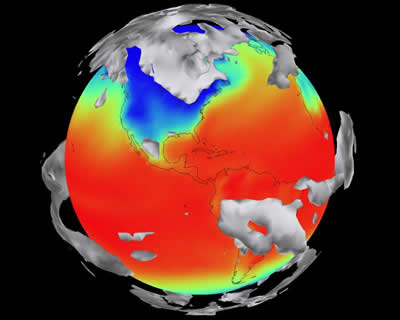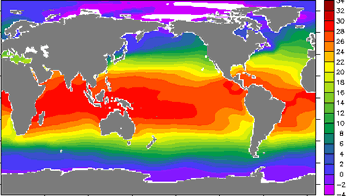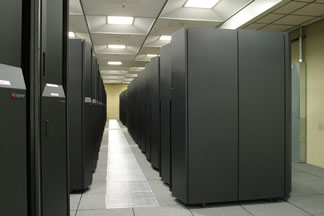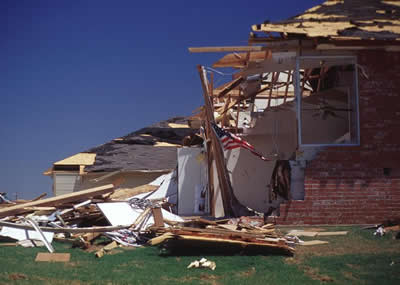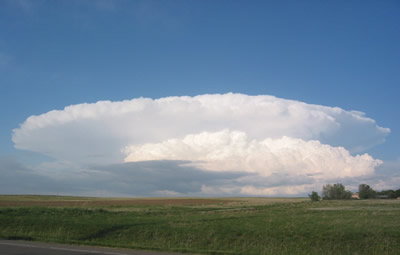Click on image for full size
Copyright University Corporation for Atmospheric Research, NCAR Climate System Model.
Atmospheric Science Literacy - Essential Principle 6
We seek to understand past, present, and future behavior of Earth's atmosphere through scientific observation and reasoning.
Fundamental Concept 6.1
Our understanding of Earth's atmosphere comes from analysis, interpretation, and synthesis of accurate and purposeful observations of the atmosphere, ocean, biosphere, land surface, and Polar Regions.
Fundamental Concept 6.2
Data about Earth's atmosphere are gathered by direct (in situ) measurement of temperature, precipitation, wind, pressure, and other variables, as well as by indirect (remote sensing) measurements taken at a distance using ground-based, satellite, and airborne measurements.
Fundamental Concept 6.3
Our understanding of Earth's atmosphere allows scientists to develop numerical (computer) models that can be used to simulate Earth's weather and climate. Such models are fundamental to modern weather analysis and forecasting and are essential to scientists' efforts to understand Earth's past climate and predict future climate.
Fundamental Concept 6.4
To generate predictions, numerical models must begin with observations of Earth's atmosphere and the planet's land and ocean surfaces. These data are used to provide starting conditions for models that are as complete as possible.
Fundamental Concept 6.5
Inaccuracies and the imprecision inherent in instruments, mathematical representations of physical processes, model resolution, and discrete numerical calculations limit the accuracy of the resulting simulations and predictions. Models improve with technological and theoretical advances, which improve data quality and quantity and our ability to represent physical processes. The chaotic nature and inherent complexity of some natural processes ultimately limits how far in advance atmospheric phenomena can be predicted, forcing the use of statistical projections.


